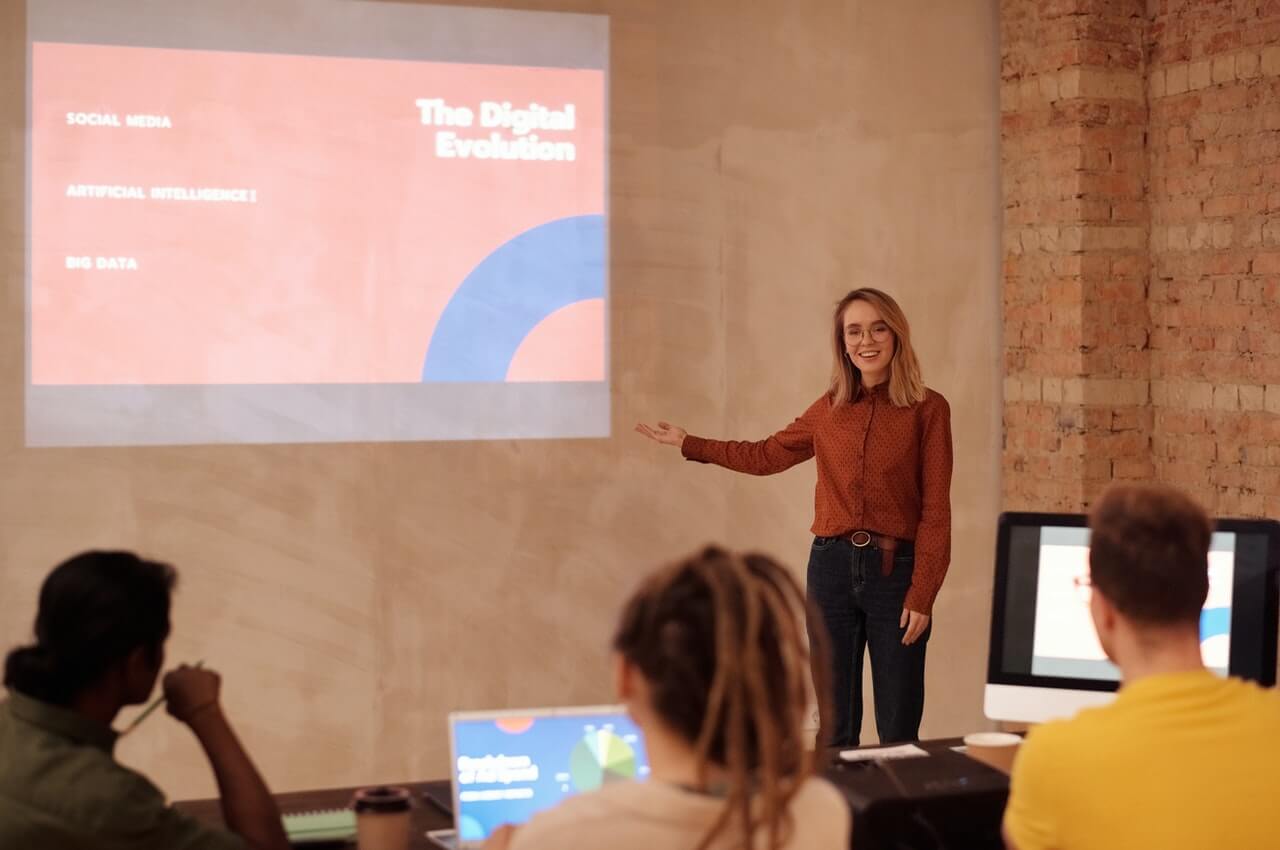The thought of attending training sessions for many can bring up an array of emotions. With the new technologies that have erupted over the past decade, the immediate assumption of many is that training is just a PowerPoint and a lecture or a PowerPoint turned into webinar and called online learning. But how much learning is actually occurring?
What does the research say about adult learning?
Malcolm Knowles has be coined the “father of adult learning” for his writings on andragogy, the study of adult learning. His work describes the following six assumptions about adult learning:
- Adults are self-directed learners
- Adults use their experiences as a resource for learning
- Adults readiness to learn is tied to their social roles
- Adult learning is tied to immediate application
- Adults have internal motivation to learn
- Adults need to see a need for training.
Additional research on adult learning has found the following:
- Learning involves the mind and the body
- Learning is created, not consumed
- Collaboration helps adult learn
- Experience and practice aid in learning
- Positive emotions aid learning
- Learning transferred visually can be absorbed faster than verbal
What does the research say about workplace learning?
Some research shows that only 5% of classroom room is transferred back on the job. In April’s edition of Chief Learning Magazine, John R. Mattox II discusses a recent study conducted by KnowledgeAdvisors that confirms a very low transfer of learning occurs. According to article, only 9% of training is used by learners with positive results, a key factor is the recurring use of the skills. The article further argues for the need for management involvement before and after training to reinforce application of the learning.
Why do we get it wrong?
There are a number of reasons why training departments get it wrong. Getting it right is more time consuming, it can cost more, it requires a longer roll out period, and quite frankly, it’s harder to plan and implement.
What can you do?
Start by using the research. This research isn’t new; it has been around for decades. More recent research supports it and yet in most organizations we are still using the lecture method. For all of us who have learned something new, we know that lecture is not learning.
There are a number of resources available to help you create better training and help you become a facilitator. Below are a few of my favorite websites. They both have a number of further resources for you to use. Go ahead, take the first step. Start slow and see what a positive reaction you get.
If you are interested in learning more and are in the Cleveland area, check this out.
http://www.ialearn.org/conference.php
—
For more resources, See the Human Resources library.
—
Sheri Mazurek is a training and human resource professional with over 16 years of management experience, and is skilled in all areas of employee management and human resource functions, with a specialty in learning and development. She is available to help you with your Human Resources and Training needs on a contract basis. For more information send an email to smazurek0615@gmail.com or visit www.sherimazurek.com. Follow me on twitter @Sherimaz.

